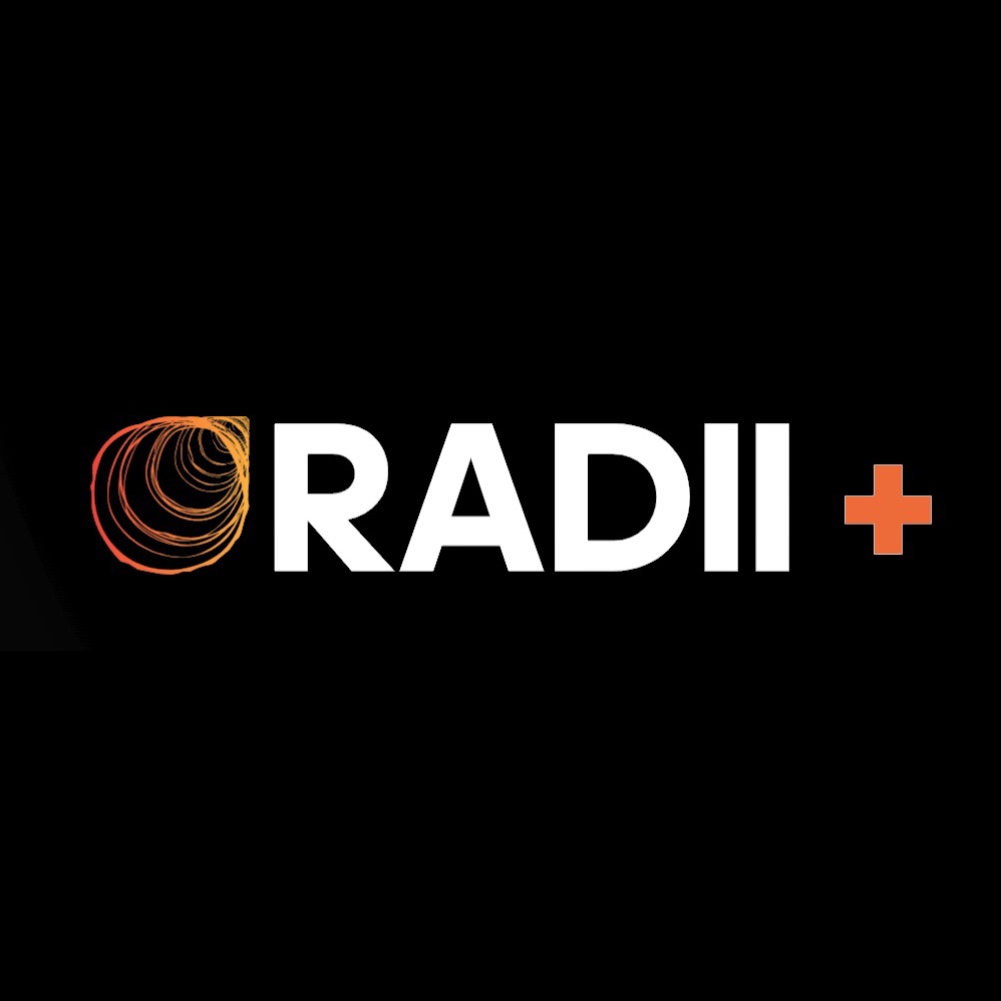The true question for marketers is not whether X CEO Linda Yaccarino made the platform more advertiser-friendly after she stepped down. The question is whether X, as well as Twitter in its former incarnation, was ever a genuinely useful ad platform.
Since Elon Musk took charge, X’s ad revenues have remained nearly halved. However, a deeper reality may have emerged from the advertisement exodus: platform discomfort was already growing. Concerns about brand safety served as many marketers’ last justification for abandoning a platform that had long fallen short of expectations. It had a sizable and noisy user base, but was that ever sufficient?
Although some advertisers have returned, X’s ad income is expected to increase 16.5% this year to $2.26 billion, which is still around half of what it was before the takeover, according to eMarketer.
Ad dollars, however, did not simply vanish. They left. The demise of this once-dominant social media site doesn’t seem to have had much of an impact on the double-digit growth in worldwide digital ad spending since 2023.

Where is the money now?
Marketers were shifting funds to connected TV (CTV) services like Hulu and Roku, short-form video apps like TikTok, and retail media networks, which have grown rapidly in the interim, while the media was obsessed with Musk’s antics. Major streamers and leading news publishers are examples of open internet firms who have made significant investments in their own ad tech stacks. Better measurement, targeting, and brand safety—all of which marketers desire—are provided by these platforms.
Although several of the organizations The Current contacted refused to comment on X on the record, remarks made following Musk’s notorious onstage tirade are still relevant. A few purchasers had already left.
Campaign US was informed by media buyers at the time that X was already a “nonessential” platform. Dave Kersey, GSD&M’s chief media officer at the time, stated, “We have a plethora of platforms and outlets to connect with our consumers in more brand-safe environments.” Additionally, Acadia CEO Jared Belsky stated that he had “never been able” to attain good ROAS on the platform.
Others left for good. Since the merger, United Airlines has not run advertisements on X, the company’s marketing chief told Bloomberg. According to reports, Pinterest, which also suspended ads, decided it would not come back after discovering more effective substitutes.

A few brands did make a comeback, albeit with greater caution. According to reports, Verizon promised to invest at least $10 million in X this year, which is a small portion of the $80 million it invested before to the acquisition. According to reports, Publicis agreed to treble its expenditures from the previous year, primarily to pursue NFL and NBA highlights that X obtained from the leagues.
However, determining whether to stop using a platform is rarely simple. On the one hand, abandoning is prevented by the sunk-cost fallacy. Alex Turtschan, director of innovation at Mediaplus Group, adds, “But, you probably have a library of tangible proof and learnings about why the touchpoint worked in the past, so it’s a safer bet than trying something new.”
READ MORE: Elon Musk Trump, I’m Mostly Sorry! ‘Some’ Social Media Posts About Prez Are Regretted
However, X’s continuous decline in ad revenue points to a deeper issue: Advertisers often leave a platform when it is perceived as a possible risk to brand equity and never return.
What X’s future may bring
Those who are still considering a return may soon have no say in the matter. There are rumors that the business may stop doing any advertising at all.

The platform’s true worth may not be in advertisements after being acquired by Musk’s artificial intelligence startup, xAI, but rather in data, which can be used to train chatbots like Grok.
It’s unclear if X will have a new CEO soon. However, advertisers may already be aware of the larger lesson from the growth and fall of a platform, which has been a major online meeting place for its 19-year history. Consistent brand presence throughout an omnichannel media landscape is more important in today’s fragmented media ecosystem than mass reach on any one platform.
Turtschan observes a more profound trend toward “mosaic” brand-building, which involves implementing a concept or idea across dozens of micro-touchpoints across owned, earned, and paid media, partnerships, and events. “How much control are you willing — and able — to give up?” is the crucial question here.
Step into the ultimate entertainment experience with Radii+ ! Movies, TV series, exclusive interviews, live events, music, and more—stream anytime, anywhere. Download now on various devices including iPhone, Android, smart TVs, Apple TV, Fire Stick, and more!


